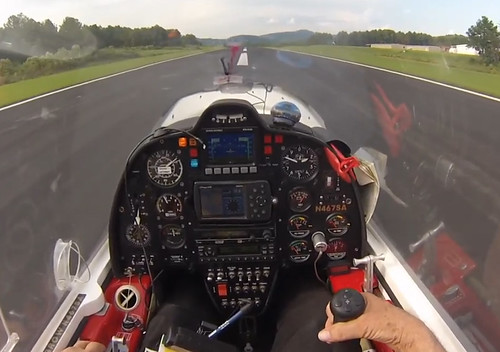wilkersk
Pattern Altitude
Hi everyone.
So I have been flying for over 20 hours now and have done about 80 landings.
I generally find I can do most things in the plane reasonably well. We've basically just done traffic patters and a few essential things out of the pattern like turns, climbing and descending, stalls.
I am flying at a controlled airport and have pretty much nailed the traffic pattern.
However, the landings are just disastrous. Every time I land I flare to early or too quickly and we balloon and slam down on the runway. I know when the plane balloons quite a lot to level the nose and then flare when it descends again, but
My CFI just says I need more practise to nail the landings, but it feels like I am not making any improvement.
I usually fly once or sometimes twice a week so it's not like I am forgetting lots. Not sure if the airport helps. The traffic pattern is fairly large and it's a busy field with a bit of commercial traffic which sometimes means that I don't do that many touch and goes in the hour. It has a huge 8000 feet runway though.
Any suggestions on how to master the flare and improve? I feel like I am just stuck at this stage and will never solo.
If your CFI isn't yelling at you, pulling the seat cushion out of nether regions, or squeezing blood out of the glareshield, and he's still willing to let you fly the landing without yelling "my airplane" at the top of his lungs, you're probably doing OK.
Landings are one of those things that everyone can improve on. Just focus on nailing the airspeed and glideslope on final, and the rest will come along.
If you want some perspective, I suggest reading Stephen Coont's "Cannibal Queen". Even with all his experience as Navy A-6 pilot in Viet Nam, and a well experienced GA pilot, he spends half the book bemoaning his inability to perfect the landings in his Stearman Biplane.


